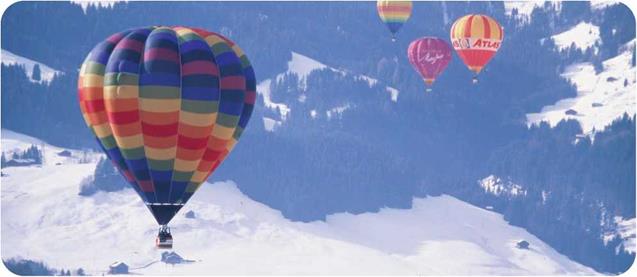Today’s Balloons
In a hot air balloon, the heat comes from a propane gas burner. The pilot turns on the burner to send hot air into the balloon. The balloon is made of a tough, nonflammable material such as nylon
|
|
BALLOON JUMP
The world’s longest delayed-drop parachute jump was made from a balloon. On August 16, 1960, Captain Joe W. Kittinger jumped out of a balloon 102,800 feet (31,333 meters) above New Mexico. He fell 84,700 feet (25,817 meters) before his parachute opened. In 1984, Kittinger became the first person to fly the Atlantic Ocean alone in a balloon.
He flew from Maine to Italy in about 86 hours.
_________________ J
or polyester. The bigger the bag, the more weight (payload) the balloon can lift. Passengers ride in a basket or similar structure hanging beneath the balloon. To descend for landing, the pilot releases air from the top of the balloon. Hot air balloons are popular with sports balloonists.
Gas balloons are usually filled with helium. This gas is safer than hydrogen because it does not catch fire. Gas balloons have more lifting power than hot air balloons. They can also go higher and stay aloft longer.
The largest type of gas balloon is a superpressure balloon. The pressure of gas inside the bag is higher than the pressure of the outside air. At launch, a superpressure balloon is only partly filled with gas. As the balloon rises, the gas expands and fills the bag. The
|
largest such balloons have a volume of more than 70 million cubic feet (2 million cubic meters), and they are unmanned aircraft.
Today, scientists find unmanned gas balloons useful for studying the weather and the upper atmosphere. Weather balloons carry radiosondes—instruments that measure temperature, humidity, and air pressure—which send back data by radio.












